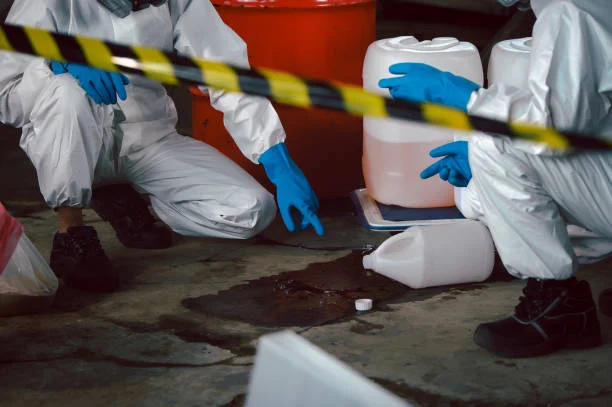
Introduction
Sodium cyanide is a highly toxic chemical widely used in industries such as metallurgy, electroplating, and gold mining. However, due to its extreme toxicity, any leakage of sodium cyanide can pose a serious threat to human health and the environment. Therefore, it is crucial to have a well - defined and effective emergency response plan in place for such incidents.
Properties and Hazards of Sodium Cyanide
Sodium cyanide (NaCN) is a white crystalline solid. It is highly soluble in water and can release hydrogen cyanide gas (HCN) in the presence of acids or under certain environmental conditions. Hydrogen cyanide is a volatile and extremely toxic gas with a characteristic bitter - almond smell (although not everyone can detect this odor).
Exposure to Sodium Cyanide can occur through inhalation, ingestion, or skin contact. Inhalation of hydrogen cyanide gas can cause rapid onset of symptoms, including dizziness, headache, shortness of breath, chest tightness, nausea, vomiting, and in severe cases, it can lead to loss of consciousness, seizures, and death. Ingestion of Sodium cyanide can also be fatal, and skin contact may cause irritation and absorption of the toxic substance into the body.
Emergency Response Procedures
1. Initial Detection and Reporting
Immediate Notification: As soon as a sodium cyanide leakage is suspected or detected, the first - on - scene personnel should immediately report the incident to the relevant internal emergency response teams, such as the plant's safety department, and external authorities, including local fire departments, environmental protection agencies, and emergency management offices. Provide detailed information about the location of the leakage, the estimated quantity of sodium cyanide involved, and any visible signs of harm or potential risks.
Hazard Assessment: Trained professionals should quickly conduct a preliminary hazard assessment. This includes determining the potential spread of the leaked sodium cyanide, the likelihood of gas release (if conditions are conducive for the formation of hydrogen cyanide), and the possible impact on nearby populations, water sources, and sensitive environmental areas.
2. Evacuation and Isolation
Evacuation of People: Evacuate all non - essential personnel from the affected area and a safe buffer zone around it. Establish clear evacuation routes that are upwind of the leakage site to minimize the risk of exposure to toxic gases. Use public address systems, alarms, and visual signals to alert people. Provide assistance to those with disabilities or special needs during the evacuation process.
Isolation of the Area: Set up a perimeter around the leakage site to prevent unauthorized entry. The size of the isolation zone should be determined based on factors such as the quantity of sodium cyanide leaked, the terrain, and the wind direction. Post signs and barriers to clearly mark the restricted area.
3. Personal Protective Equipment (PPE) for Responders
Respiratory Protection: Responders entering the contaminated area must wear appropriate respiratory protection. This may include self - contained breathing apparatus (SCBA) for situations where there is a high risk of inhaling hydrogen cyanide gas. In less - severe cases where the concentration of airborne contaminants is lower, air - purifying respirators with appropriate cartridges (designed to filter out cyanide compounds) may be used, but only after a proper risk assessment.
Body Protection: Wear chemical - resistant suits that cover the entire body, including gloves, boots, and a hood. These suits should be impermeable to sodium cyanide and any associated chemical reactions products. Ensure that the PPE is properly fitted and in good condition before use.
4. Containment of the Leak
Small Leaks: For small - scale sodium cyanide leaks, absorbent materials such as activated carbon, vermiculite, or sand can be used to soak up the spilled substance. Scoop up the absorbed material and place it in sealed, labeled containers for proper disposal. Wash the affected area with large amounts of water, taking care to prevent the runoff from entering waterways or sewer systems.
Large Leaks: In the case of large - scale leaks, attempts should be made to contain the sodium cyanide using physical barriers. This could involve building dikes or using absorbent booms to prevent the spread of liquid sodium cyanide. If the leakage has occurred near a water source, consider using inflatable dams or other means to divert the flow of contaminated water away from sensitive areas. Do not attempt to clean up large leaks without proper training and equipment. Wait for the arrival of specialized hazardous materials response teams.
5. Decontamination
Decontamination of People: Anyone who has been exposed to sodium cyanide, either through direct contact or being in the vicinity of the leak, should undergo decontamination. Remove all contaminated clothing immediately and place it in sealed plastic bags. Wash the body thoroughly with large amounts of water for at least 15 minutes, paying special attention to areas such as the face, hands, and any open wounds. If the eyes have been exposed, irrigate them with clean water for at least 15 minutes. Provide medical attention to exposed individuals as soon as possible.
Decontamination of the Area: After the leak has been contained, the contaminated area needs to be decontaminated. This may involve washing down surfaces with a solution of bleach (sodium hypochlorite) and water. The ratio of bleach to water should be determined based on the severity of the contamination and following relevant safety guidelines. The decontamination process should be carried out by trained personnel wearing appropriate PPE.
6. Treatment of Exposed Individuals
First Aid on - Site: Provide immediate first - aid to those who have been exposed to sodium cyanide. Check for signs of breathing and pulse. If the victim is not breathing, initiate cardiopulmonary resuscitation (CPR) immediately. Administer oxygen if available. Do not delay in transporting the victim to a medical facility.
Medical Treatment: At the medical facility, patients may be treated with specific antidotes for cyanide poisoning, such as hydroxocobalamin or sodium nitrite/sodium thiosulfate combinations. The choice of antidote depends on the severity of the exposure and the patient's condition. Other supportive treatments, such as intravenous fluids, management of seizures, and correction of metabolic acidosis, may also be required.
7. Environmental Monitoring
Air Monitoring: Continuously monitor the air quality in and around the affected area for the presence of hydrogen cyanide gas. Use portable gas detectors to measure the concentration of the gas at different locations and at regular intervals. Set up fixed monitoring stations if necessary to track the long - term dispersion of the gas.
Water Monitoring: If the sodium cyanide leak has the potential to contaminate water sources, monitor the water quality downstream of the leakage site. Test for the presence of cyanide ions in surface water, groundwater, and any water used for drinking or other essential purposes. Coordinate with water treatment facilities to ensure that appropriate measures are taken to remove cyanide from the water supply if it has been affected.
8. Disposal of Contaminated Materials
Solid Waste: Contaminated absorbent materials, used PPE, and any other solid materials that have come into contact with sodium cyanide should be placed in sealed, labeled containers. These containers should be transported to a licensed hazardous waste disposal facility for proper treatment and disposal.
Liquid Waste: Any liquid waste generated during the clean - up process, such as contaminated water from decontamination or runoff from the leakage site, must be collected and treated. Treatment methods may include chemical oxidation (e.g., using hydrogen peroxide or chlorine - based oxidants) to break down the cyanide compounds into less - harmful substances. Once treated, the water should be tested to ensure that the cyanide levels are within acceptable environmental limits before being discharged.
Post - incident Evaluation
After the emergency response to the sodium cyanide leakage has been completed, conduct a thorough post - incident evaluation. This evaluation should include an assessment of the effectiveness of the emergency response plan, identification of any shortcomings in the response process, and determination of areas for improvement. Update the emergency response plan based on the lessons learned from the incident to enhance future preparedness and response capabilities.
Conclusion
Sodium cyanide leakage accidents are extremely dangerous events that require a swift, coordinated, and well - planned response. By following the emergency response procedures outlined above, the risks to human health and the environment can be minimized. It is essential that all industries handling sodium cyanide have comprehensive emergency response plans in place, and that employees are trained regularly on how to respond to such incidents. Additionally, continuous monitoring and improvement of emergency response capabilities are crucial to ensure the safety of communities and the protection of the environment.
- Random Content
- Hot content
- Hot review content
- Sodium Sulfide Industry Grade 60% 30ppm/150ppm Yellow/ Red Flakes Na2s
- 99.5% min Ammonium Chloride For Industrial Use
- Thiourea 99% high activity Professional Producer
- Di(ethylene Glycol) Vinyl Ether
- How does Sodium Ferrocyanide help in the mineral flotation process?
- Ethylene carbonate
- Food Grade 99% Sodium Bicarbonate
- 1Discounted Sodium Cyanide (CAS: 143-33-9) for Mining - High Quality & Competitive Pricing
- 2China's New Regulations on Sodium Cyanide Exports and Guidance for International Buyers
- 3Sodium Cyanide 98% CAS 143-33-9 gold dressing agent Essential for Mining and Chemical Industries
- 4International Cyanide(Sodium cyanide) Management Code - Gold Mine Acceptance Standards
- 5China factory Sulfuric Acid 98%
- 6Anhydrous Oxalic acid 99.6% Industrial Grade
- 7Oxalic acid for mining 99.6%
- 1Sodium Cyanide 98% CAS 143-33-9 gold dressing agent Essential for Mining and Chemical Industries
- 2High Quality 99% Purity of Cyanuric chloride ISO 9001:2005 REACH Verified Producer
- 3Zinc chloride ZnCl2 for High Molecular Weight Polymers Initiator
- 4High Purity · Stable Performance · Higher Recovery — sodium cyanide for modern gold leaching
- 5High Quality Sodium Ferrocyanide / Sodium Hexacyanoferr
- 6Gold Ore Dressing Agent Safe Gold Extracting Agent Replace Sodium Cyanide
- 7Sodium Cyanide 98%+ CAS 143-33-9

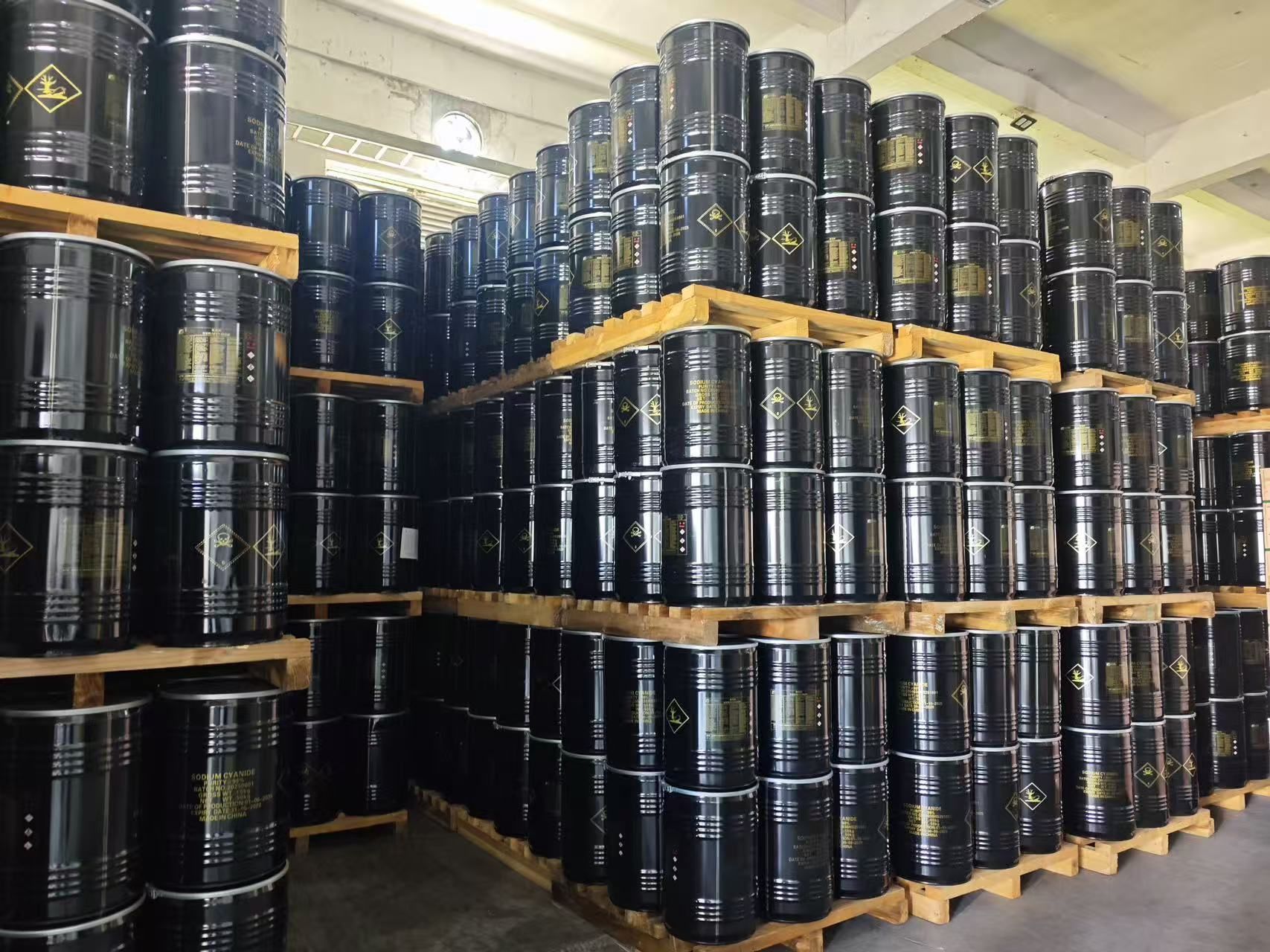
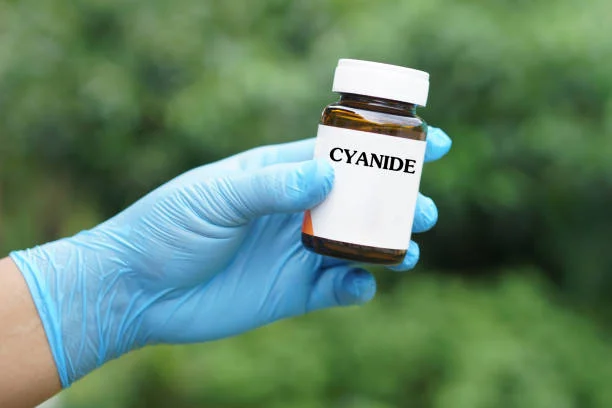
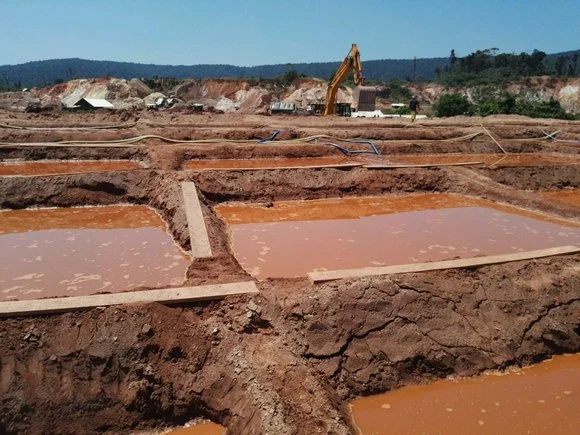
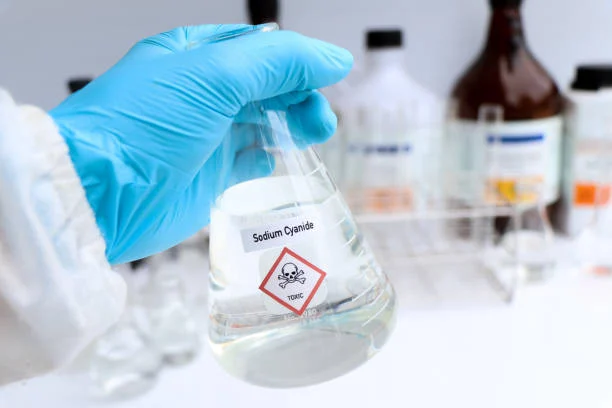


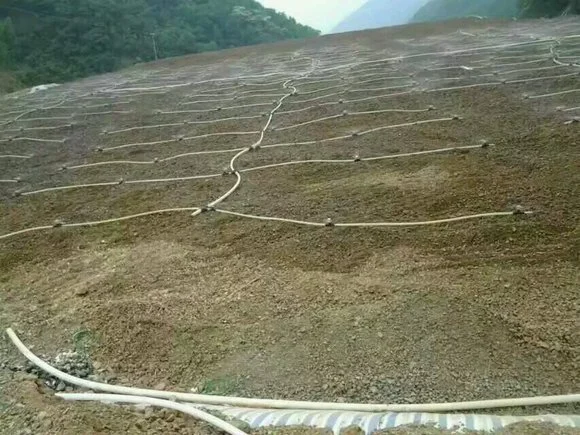


Online message consultation
Add comment: